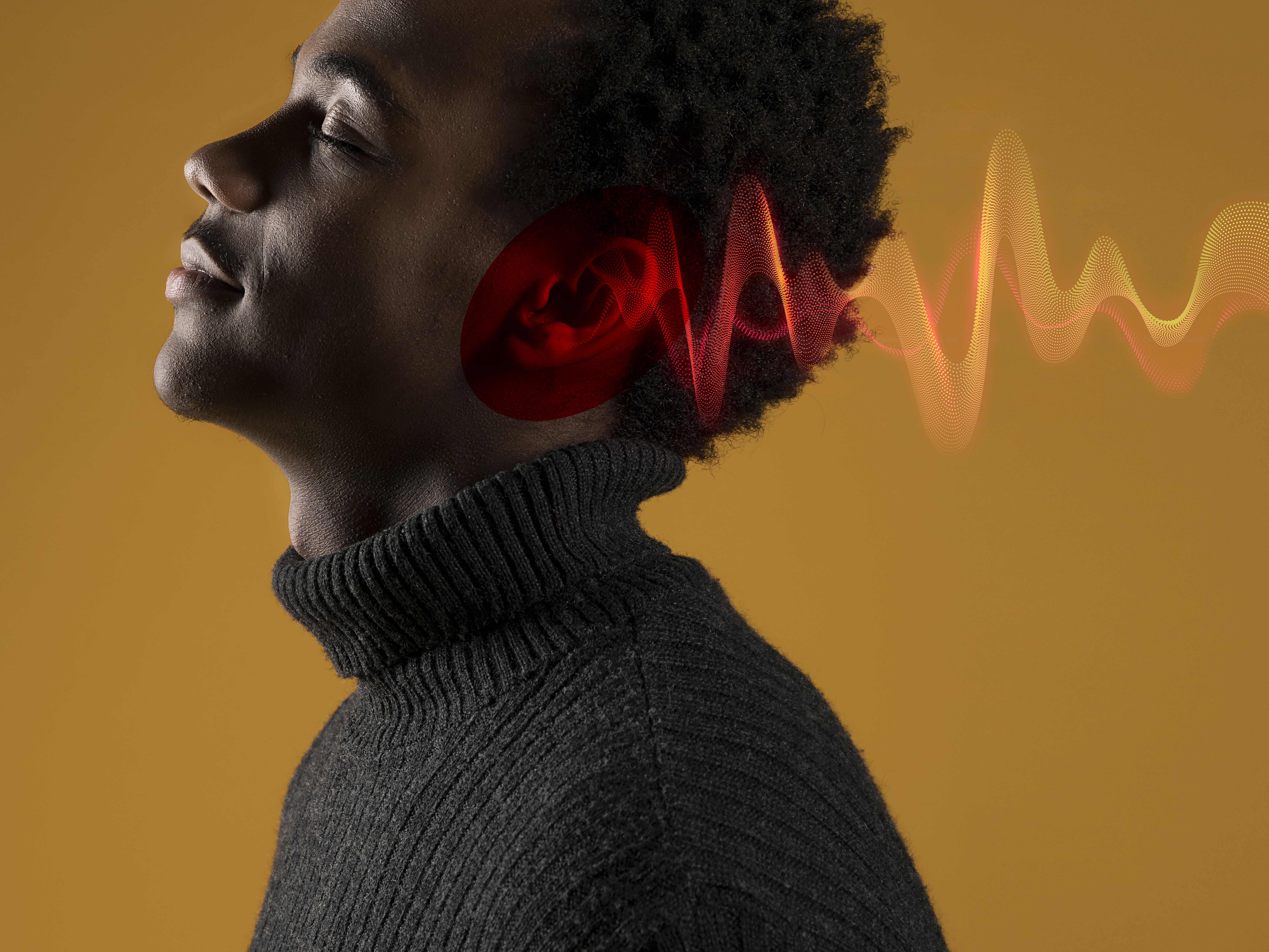info@sadi.co.ke
+254727368241
The line between human creativity and machine intelligence is becoming increasingly blurred. With algorithmic creativity, AI systems are no longer just tools — they’re becoming co-creators in music, art, and storytelling. This shift is redefining how we think about design, originality, and the creative process itself.
AI in Music
From composing symphonies to generating custom playlists, AI is revolutionizing music. Platforms use machine learning to create melodies tailored to specific moods, activities, or even individual listeners. For artists, AI provides inspiration by suggesting chord progressions or harmonies, serving as a collaborative partner rather than a replacement.
AI in Art
Visual design has also been transformed by algorithms capable of producing stunning digital paintings, 3D models, and generative art. Tools like GANs (Generative Adversarial Networks) allow artists to explore styles that blend human imagination with machine precision. The result is art that pushes the boundaries of aesthetics and challenges our definition of creativity.
AI in Storytelling
In literature and media, AI systems are crafting stories that adapt to readers’ preferences. Narrative engines powered by algorithms can generate branching plots in video games, personalized short stories, or even assist screenwriters in building complex scripts. This makes storytelling more interactive and immersive than ever before.
The Future of Creative Collaboration
Rather than replacing human creators, AI is becoming a powerful creative collaborator. Designers, musicians, and writers can harness algorithmic creativity to speed up ideation, test new concepts, and reach audiences in fresh ways. The future of design lies in this synergy — a partnership where human emotion and machine intelligence together craft unique, compelling works.
 September 29, 2025 - BY Admin
September 29, 2025 - BY Admin